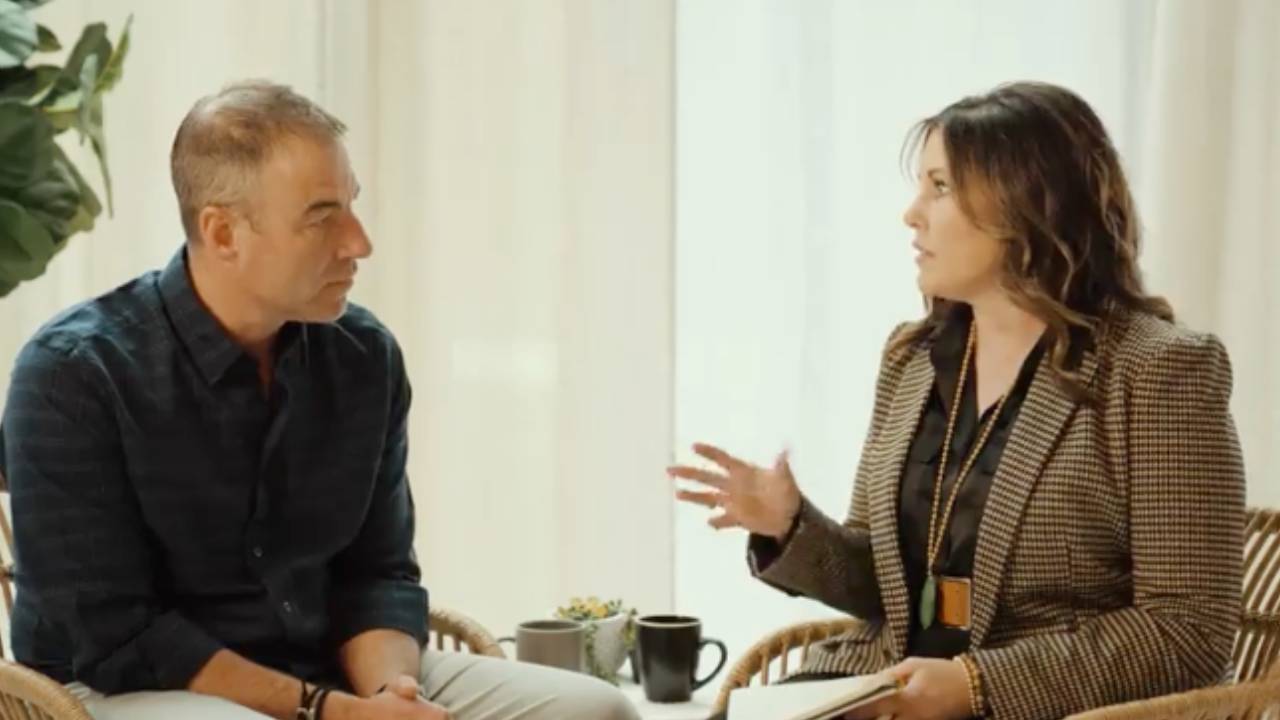Mastering The Skills Transfer Process

When you hear the term “Skills Transfer,” most people think of a career or job change and how they might use what they know in their new role. But seldom do people look at how it applies to developing their people and the impact it creates in the workplace.
Using this Skills Transfer Process builds confidence that you and your people can execute for better and more consistent results. Learning this process might be easy, but mastering it takes dedicated practice!
The Skills Transfer Process is where you take a skill that you have mastered and transfer it to someone else. It consists of five steps.
Explain:
This is where we explain the why, what and how to do the skill. Explaining everything is important, but the most important is the WHY! The individual needs to know how this skill will benefit them if they master it, or we won’t have the buy-in we need to be successful.
Demonstrate:
You must be able to demonstrate the correct way to do the skill. Most people think that “telling” someone how to do a skill will automatically help the other person learn it. This might work for a few people; however, showing someone how you want it done is the most effective way. When someone can see a demonstration, it becomes easier to duplicate. It also shows that person that you can do it and do it well. This creates the “I want to be able to do it, and do it well also” effect.
Practice, With Coaching:
In this step, we allow the person to practice the skill while we give them coaching during the practice. Continue until the person shows us that they can do the skill effectively on the “practice field” and has the confidence that they can execute it on the “playing field.” We need to make sure that when they are in the “game” that we have set them up to succeed not fail. We also must have confidence they can do the skill or not put them back onto the playing field.
Observe:
After we have the confidence that they can do the skill effectively, we watch their performance in the “game.” We observe them execute the skill within a specific timeframe that will help set themselves up for success.
Feedback:
Finally, we give them feedback on how to improve. This feedback should concentrate on 80% or more positive feedback and 20% or less constructive criticism. The percentage might change depending on the participant; however, if they fail at the skill, then we as their coach have failed them. We repeat the process if needed.
Getting someone to the point where they are confident to execute and does it well takes time, patience, practice and a ton of coaching. We must take the time to actually explain and demonstrate, and then allow that person time on the “practice field” before putting them on the “playing field.” Once on the playing field (i.e., their job), we must observe and give feedback.This proven process, when done correctly, will always lead to a predictable result of stronger skills and better results.





